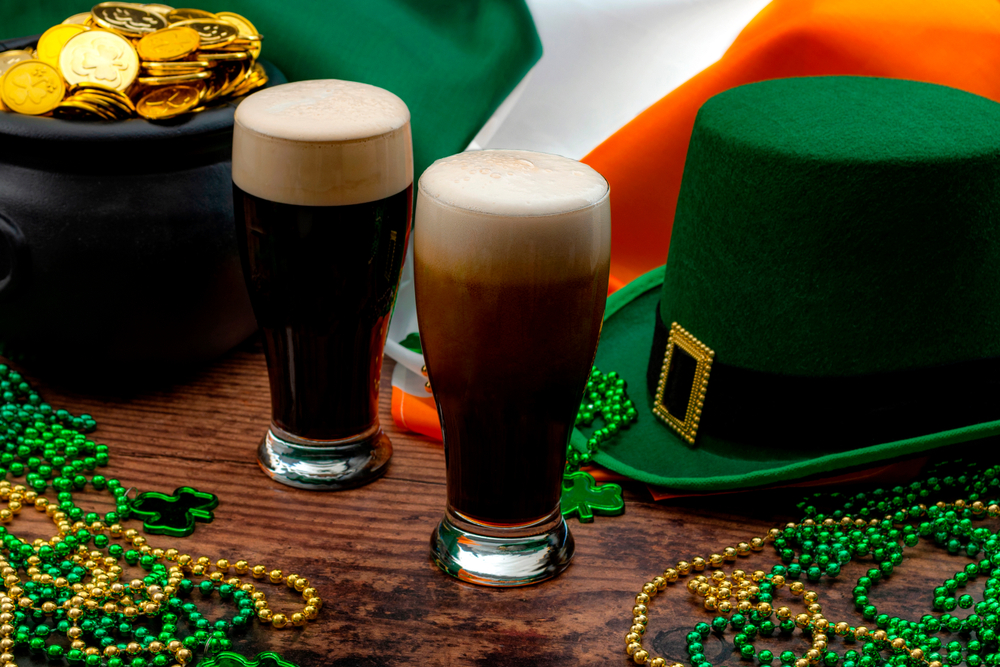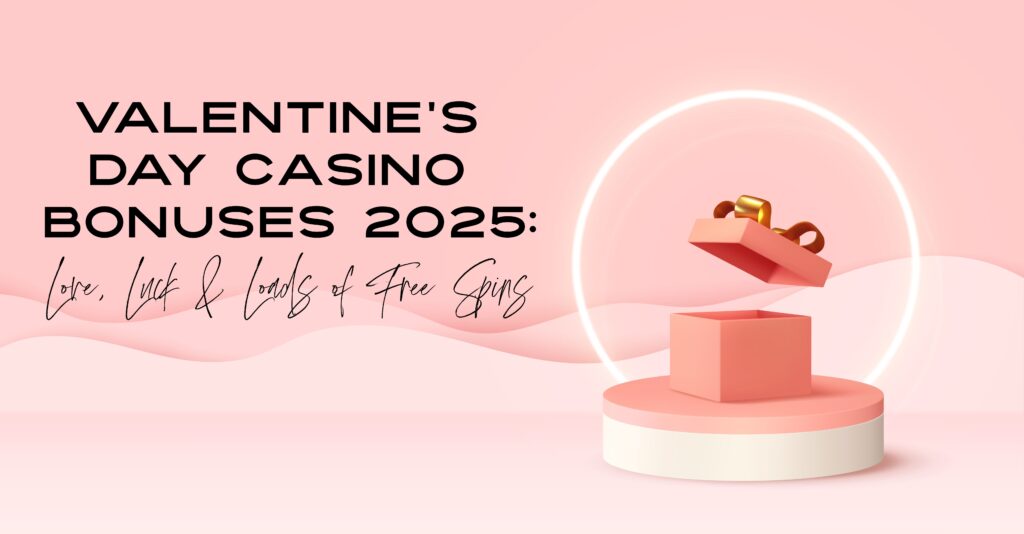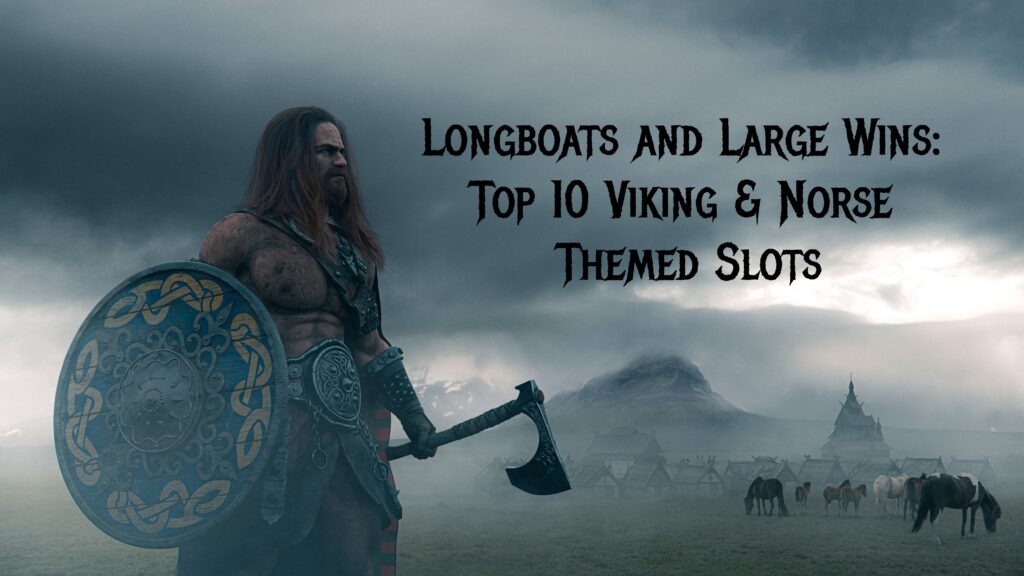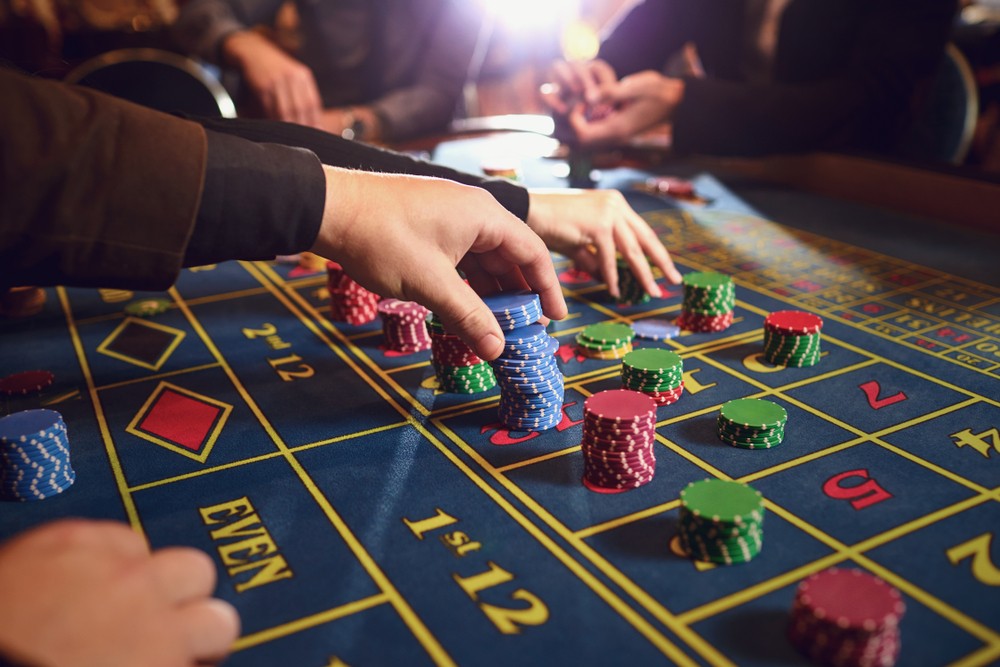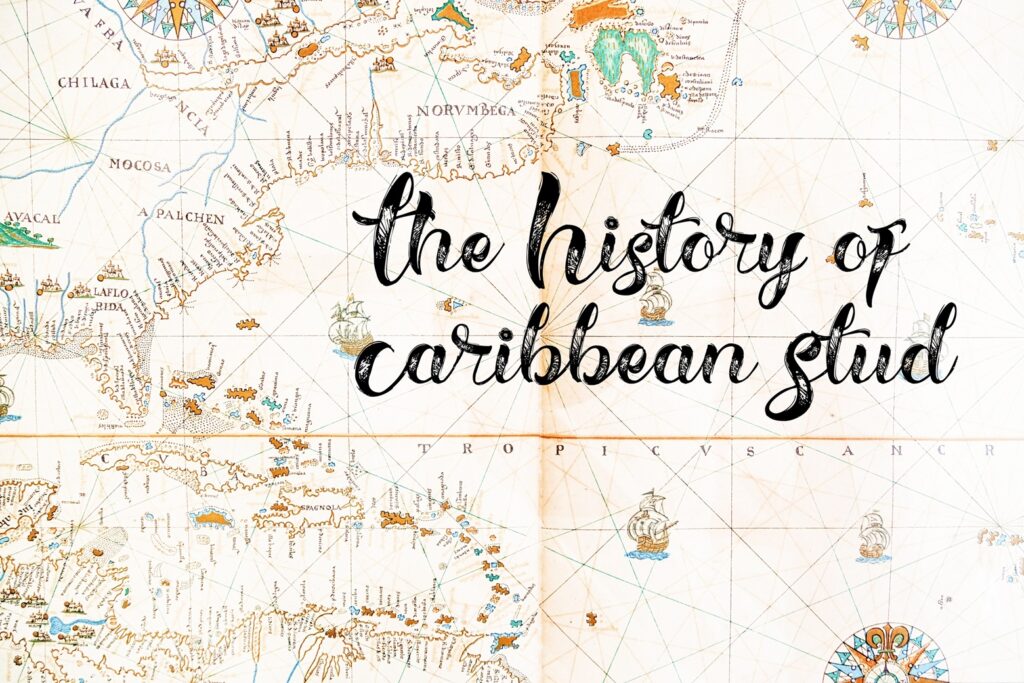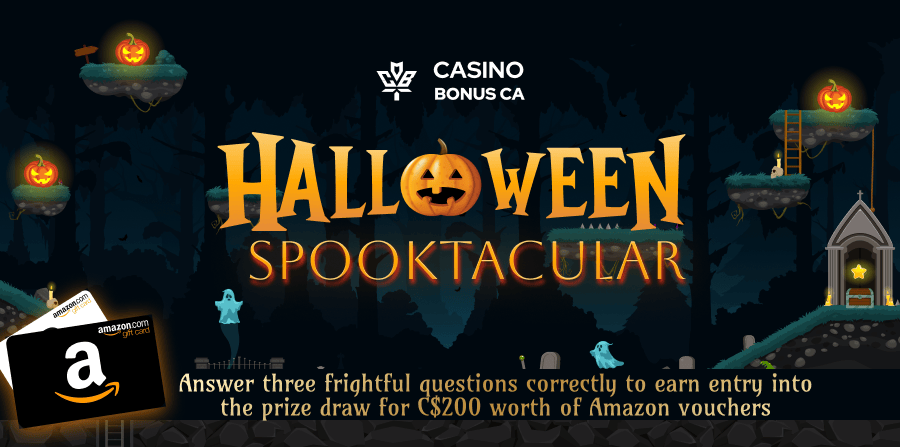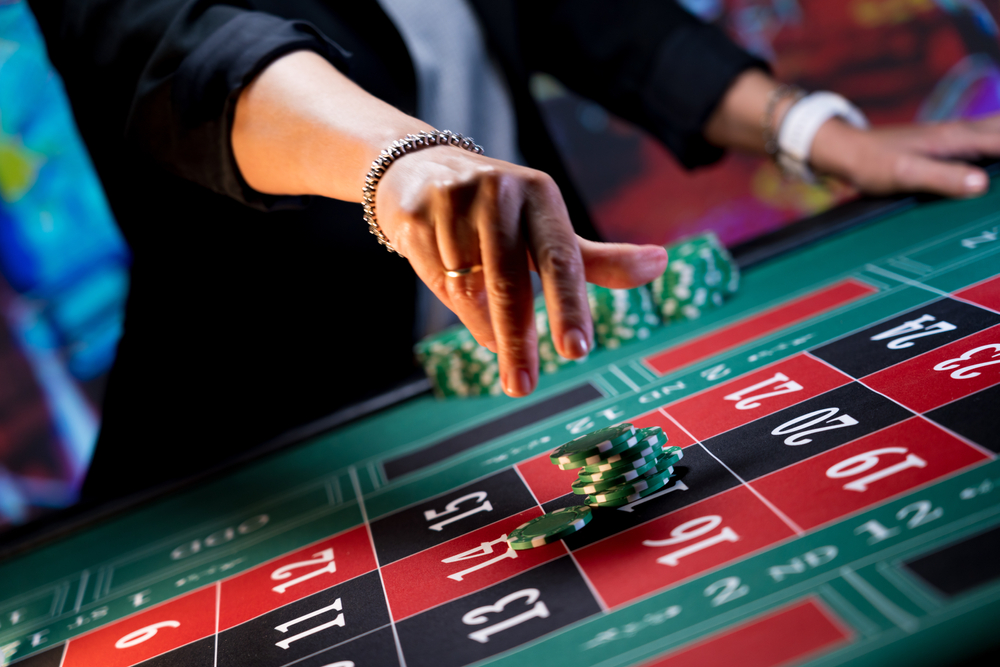Easter 2025 Airport Risk Index: Best & Worst Canadian Airports for Your Holiday Travels
Easter is one of Canada’s biggest family travel weekends — and one of the busiest for airports. In March 2024 alone, more than 150 million passengers passed through Canada’s eight busiest airports. But only 71.5% of flights left on time during the Easter travel window, with 2.7% cancelled across the board*. Moreover, no Canadian airports ranked in the top 20 worldwide for on-time performance in 2024.
Guinness Consumption in the US on St. Patrick’s Day: A State-By-State Breakdown
St. Patrick’s Day on March 17th is the ultimate jackpot for Guinness lovers across the U.S., drawing in everyone from proud Irish-Americans to casual pub-goers looking to celebrate with a pint. Whether it’s longtime Guinness enthusiasts or newcomers embracing the festive spirit, the demand for the iconic stout skyrockets on March 17th. But which states are pouring the most? We’ve crunched the numbers to discover who are the top states raising the most pints.
Valentine’s Day Casino Bonuses 2025: Love, Luck & Loads of Free Spins
Valentine’s Day is the perfect excuse to indulge in romance and luxury. Whether you’re planning a cozy night at home or a thrilling evening out, we’ve got two exclusive casino bonuses that will make your heart (and maybe your bankroll) flutter, alongside details of our top love-themed slots and advice on planning a perfect Valentine’s Day date.
Christmas Lights Spectacular: Exclusive Casino Bonuses to Illuminate Your Holidays
The festive season is here, and our 2024 Christmas Lights Spectacular is arriving to dazzle you with a cascade of glittering casino bonuses to light up your gaming experience!
2025 Gambling Horoscope: Who Will Strike It Lucky?
As we approach the final weeks of 2024, many will be filled with excitement of the promise of the new year, and what changes it may bring.
Longboats and Large Wins: Top 10 Viking & Norse Themed Slots
The clashing of swords. Magic from the gods. Plundering and battles. Norse and Viking slots are some of the most exciting games to play at online casinos in Canada. But which Viking slot is worthy of reaching Valhalla?
Playtime Casino Kelowna Review
There are two casinos in Kelowna, but only one features striking views of Okanagan Lake. Is there more to Playtime Casino Kelowna than a view?
The History of Caribbean Stud Poker: From the Tropics to Online Casinos
In our latest casino guide, we’ll discuss the full history of Caribbean Stud poker, channeling its entire journey. Here, you can discover how it went from being a niche game only played on a handful of tropical islands to a mainstay of online and land-based casinos the world over. We’ll also take a brief look at the rules and how they differ from other poker formats and variants.
Halloween Bonuses 2024: Spooktacular Prize Draw Details
Push open the rusty graveyard gates and behold – our Halloween Spooktacular 2024. It’s your spiritual home for eerie excitement, blood-curdling bonuses, and a chance to win C$200 in Amazon vouchers courtesy of our special prize draw!
Lake City Casino Vernon Review
Surrounded by mountains, rivers, and lakes, Lake City Casino Vernon has a picturesque setting. But does the casino offer just as much as the city’s breathtaking views?

